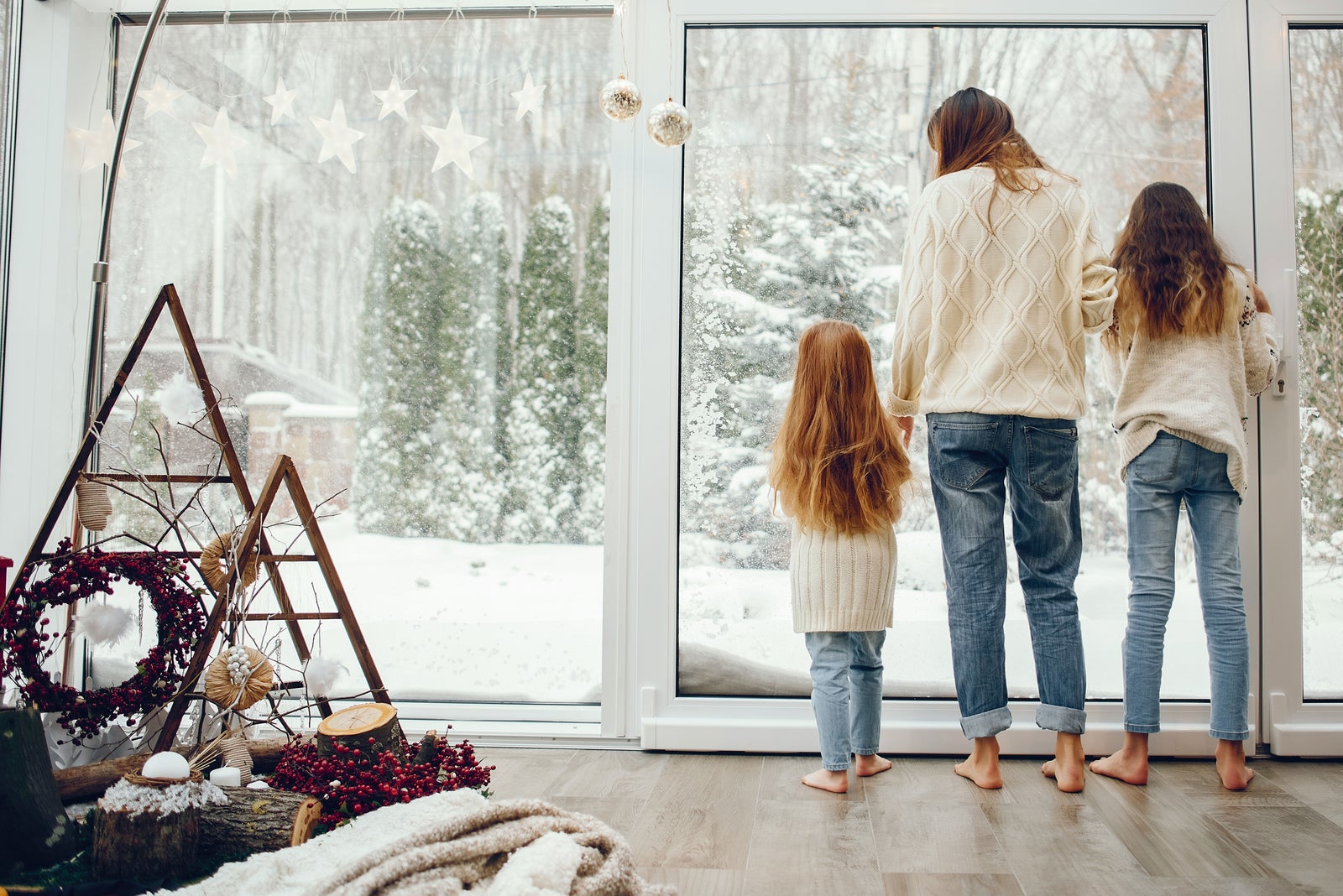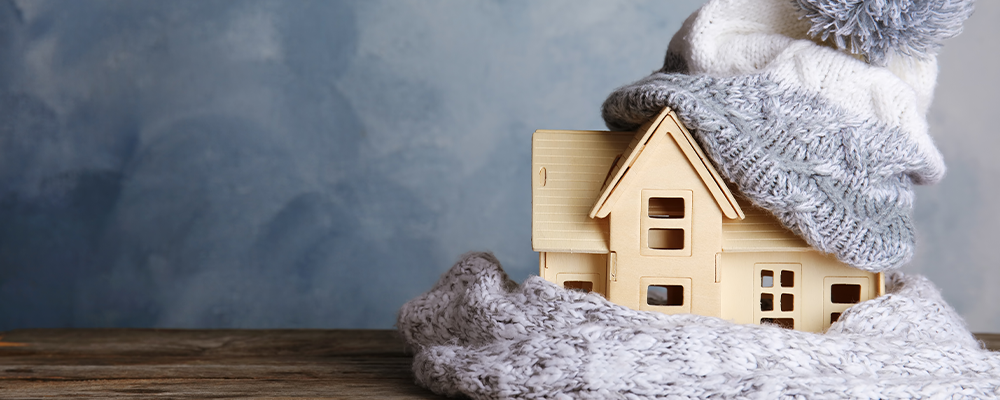
BUT here are some benefits of getting your home ready for winter that makes all the work worthwhile:
- Reduces your carbon footprint
- Makes your home warmer and more comfortable
- Improves savings on utility bills
- Keeps home in good condition
Let's explore some action items to get the most out of your home this upcoming season and beyond.
1. Check for air leaks and drafts.
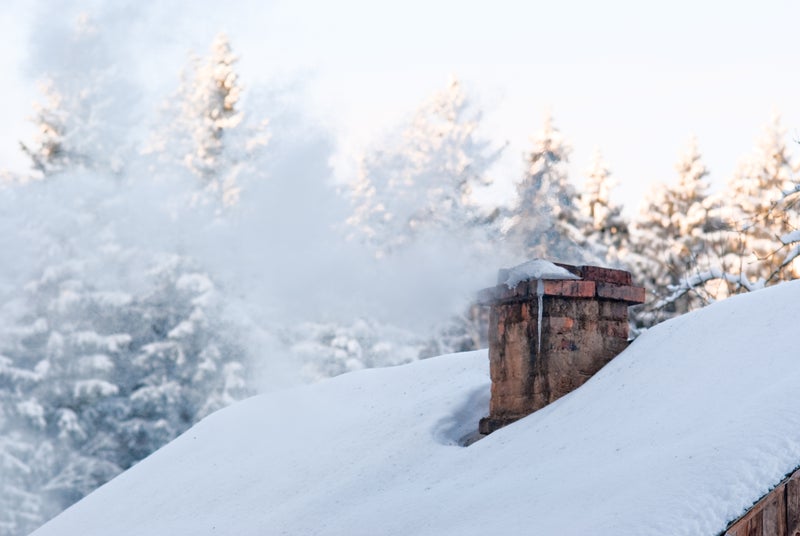 If your home is losing heat, it can increase energy use anywhere from 5%-30% annually! Being aware of conduction vs convection heat loss and preventing leakage will make a noticeable difference.
If your home is losing heat, it can increase energy use anywhere from 5%-30% annually! Being aware of conduction vs convection heat loss and preventing leakage will make a noticeable difference.2. Check the roof. Your roof needs to withstand snow, water, and ice, so make sure it's in good shape. It also needs to maintain a temperature consistent with outdoor temperatures to avoid ice dam buildup.
3. Check external connections. Any instance where something connects to your home's building envelope must be properly insulated and sealed to ensure no gaps in your building envelope. Porches, decks, window frames, doorframes, and chimneys are some examples of parts that must be properly insulated and sealed into your home's building envelope.
4. Check the basement.
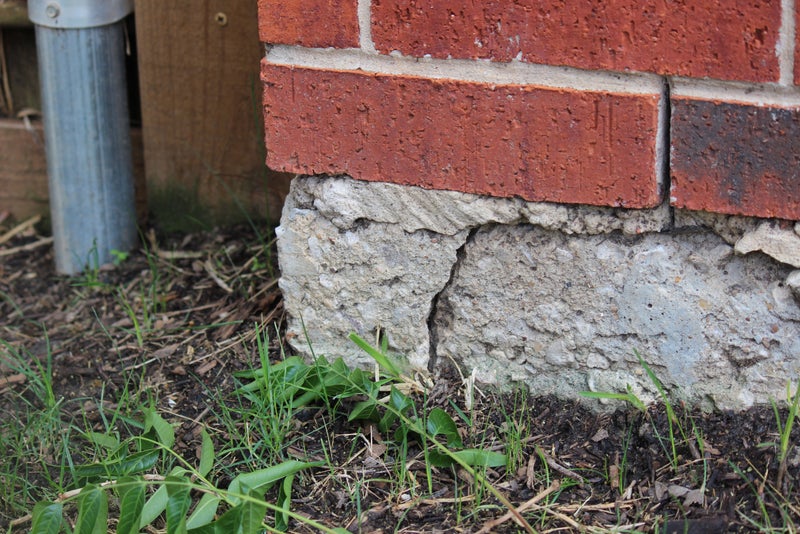
Your basement needs proper drainage ("ventilation") and insulation to ensure moisture will not build up. Beyond flooding, basements are especially prone to mould – which can make a home uninhabitable.
5. Check the air vents. Review your home's air vents and consider the areas you spend the most time in during the winter. Spending money to heat areas you don't spend time in the winter equates to waste.
6. Check the windows. Old windows are the most common place where energy is lost in a home. If windows aren't insulated, the amount of energy potentially lost through them each year is the same as if you left the window wide open year-round.
5. Check the air vents. Review your home's air vents and consider the areas you spend the most time in during the winter. Spending money to heat areas you don't spend time in the winter equates to waste.
6. Check the windows. Old windows are the most common place where energy is lost in a home. If windows aren't insulated, the amount of energy potentially lost through them each year is the same as if you left the window wide open year-round.
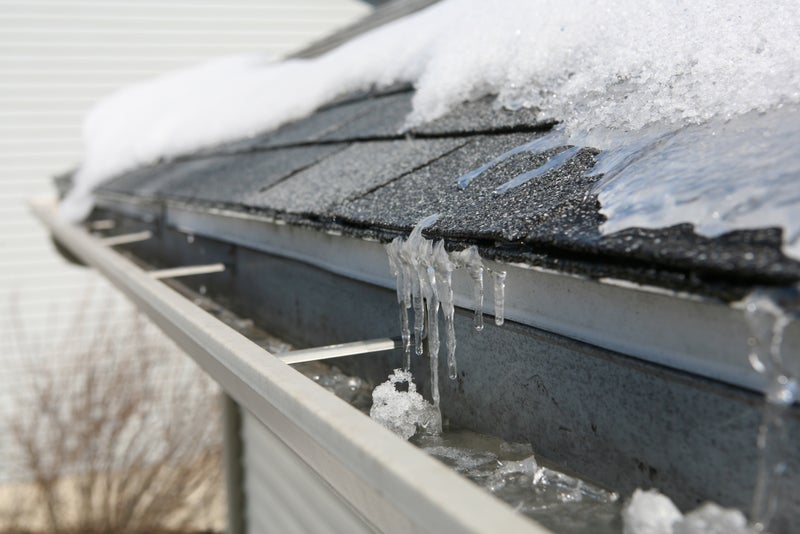 7. Check the foundation. Look for cracks and uneven spots that might be dangerous when covered in snow or where water may be pooling in and around your home's foundation.
7. Check the foundation. Look for cracks and uneven spots that might be dangerous when covered in snow or where water may be pooling in and around your home's foundation. 8. Check underneath the deck. Inspect it for structural problems – if the supports are bent, bowed, or rotted, this means the deck could potentially collapse or pull away from the home, causing damage.
9. Store window AC units. Leaving these in your windows will invite cold air in and cause energy waste. It will also reduce the chances of water leaking into your home.
10. Check the gutters. Take the time to clean out your gutters – if they become weighted down with too much debris when it rains or snows, the excess weight might pull them away from the side of the home and potentially cause a leak.
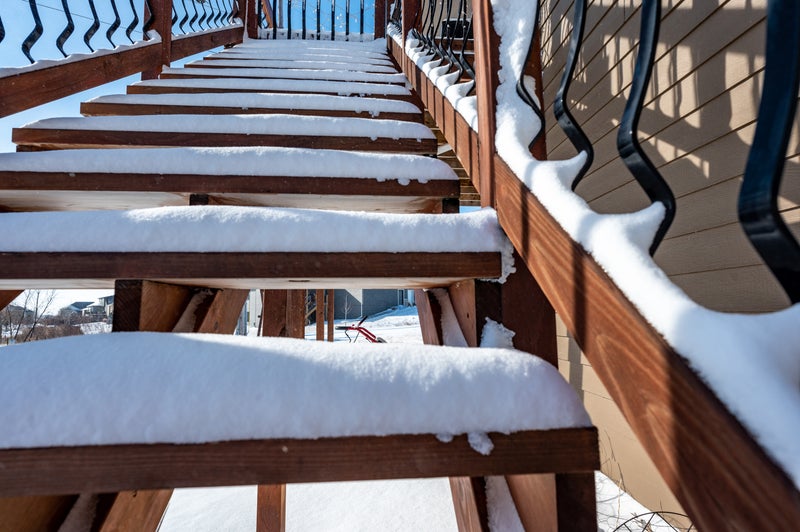 11. Check your siding. Keep an eye out for rotting, warped, cracked, bubbling, loose, or noticeable moulding panels. These signs can indicate that the structural integrity of the siding has been compromised and may need to be replaced.
11. Check your siding. Keep an eye out for rotting, warped, cracked, bubbling, loose, or noticeable moulding panels. These signs can indicate that the structural integrity of the siding has been compromised and may need to be replaced. 12. Check the roof…again. Look for dark areas, missing cracked or curling shingles, or noticeable mold. These things can show where there could be moisture buildup and damage that may need to be replaced.
13. Check the chimney. If you have a chimney, keep an eye out for leaks – if water trickles down your chimney in the winter, this could be a sign the flashing is not installed correctly or has developed a leak over time. Chimney flashing is the waterproof seal used at the joint where the chimney meets the roof.
14. Check the attic.
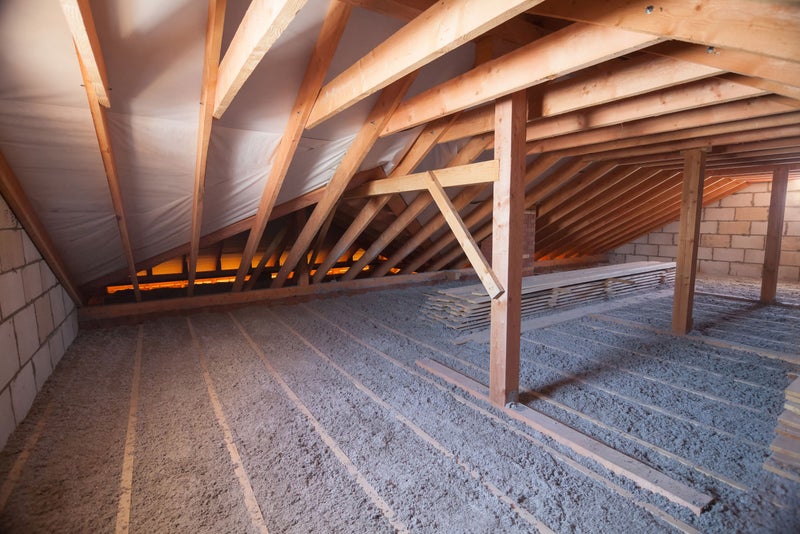 Your attic's temperature is supposed to be consistent with the outside temperature. This ventilation is crucial to preventing moisture buildup. If your attic is warmer than it is outdoors, this could be a warning sign that condensation and moisture are building up, which can cause attic rain.
Your attic's temperature is supposed to be consistent with the outside temperature. This ventilation is crucial to preventing moisture buildup. If your attic is warmer than it is outdoors, this could be a warning sign that condensation and moisture are building up, which can cause attic rain.15. Check the rafters. Bent, bowed, or cracked rafters can signify that there has been shifting moisture that has caused the wood to expand and contract.
16. Check entry points. One of the biggest causes of heat loss is leaky windows and doors – make sure to inspect your windows for drafts, rattling glass, or colder temperatures in the surrounding area.
After you've checked on all your action items, it's time to relax! Grab a mug of cocoa and snuggle up with the ones you love – this is going to be the best winter yet! You can rest easy while you sit inside and watch the snowfall knowing your home is sealed, dry, and warm.
